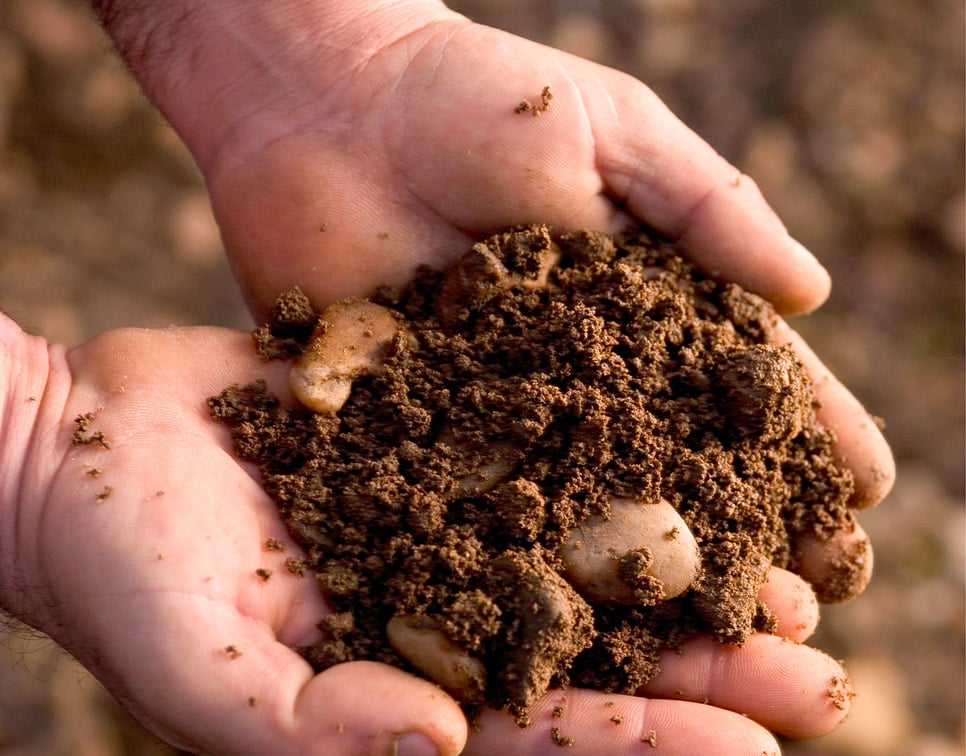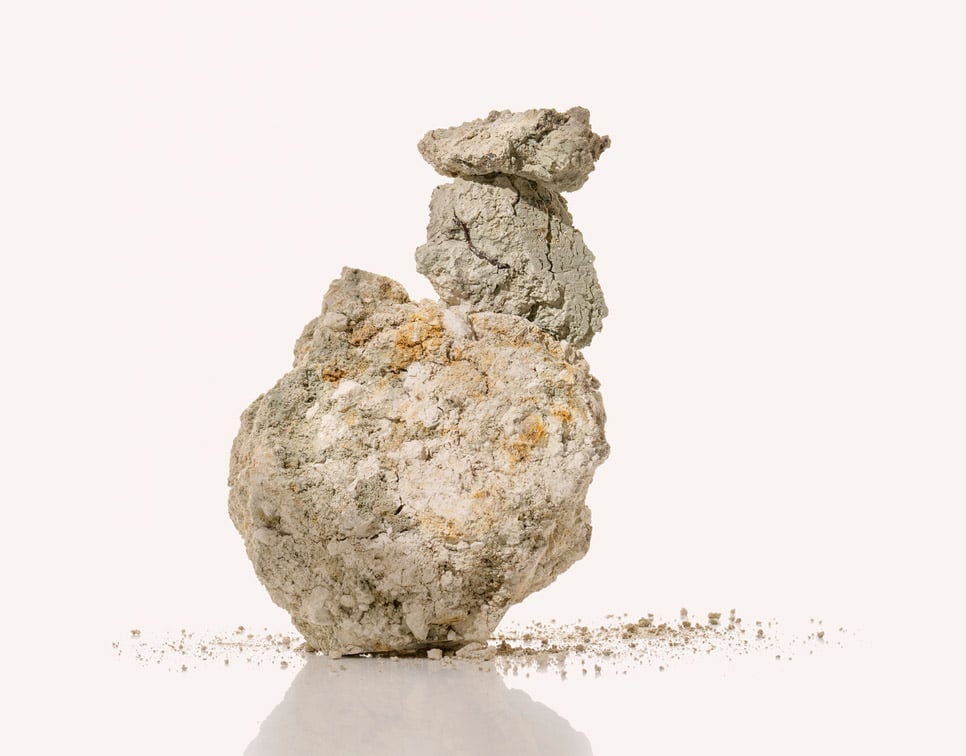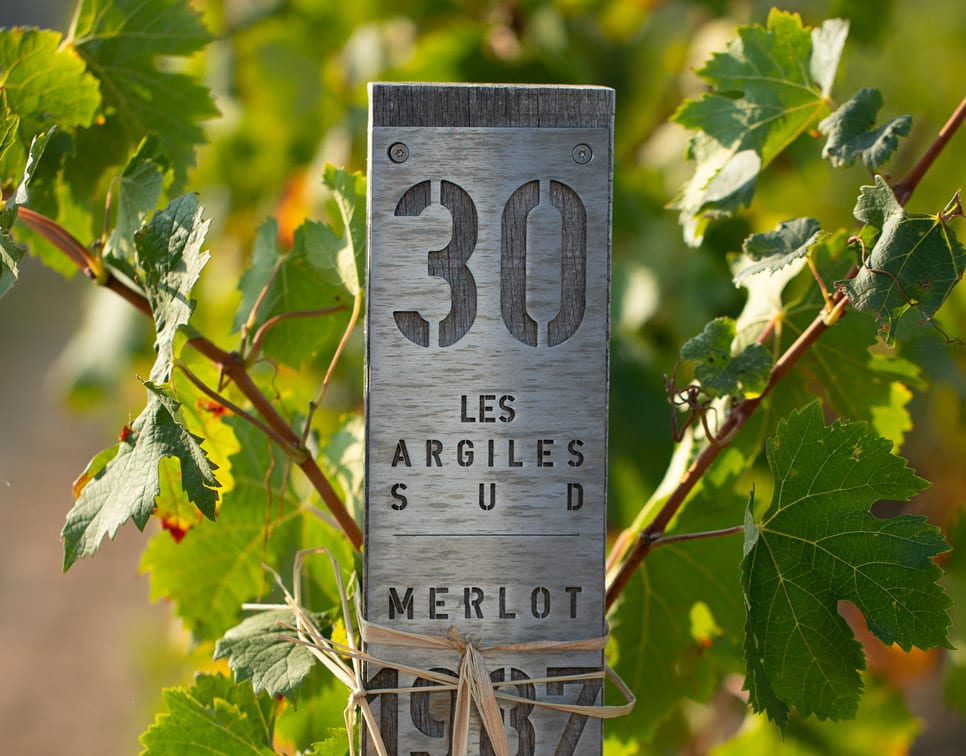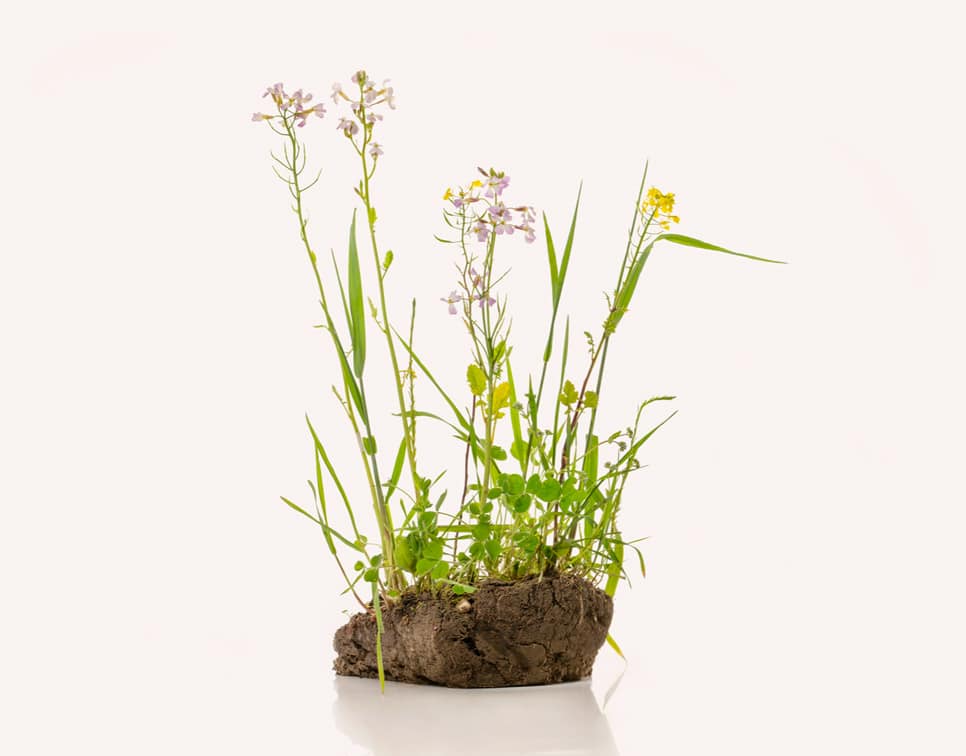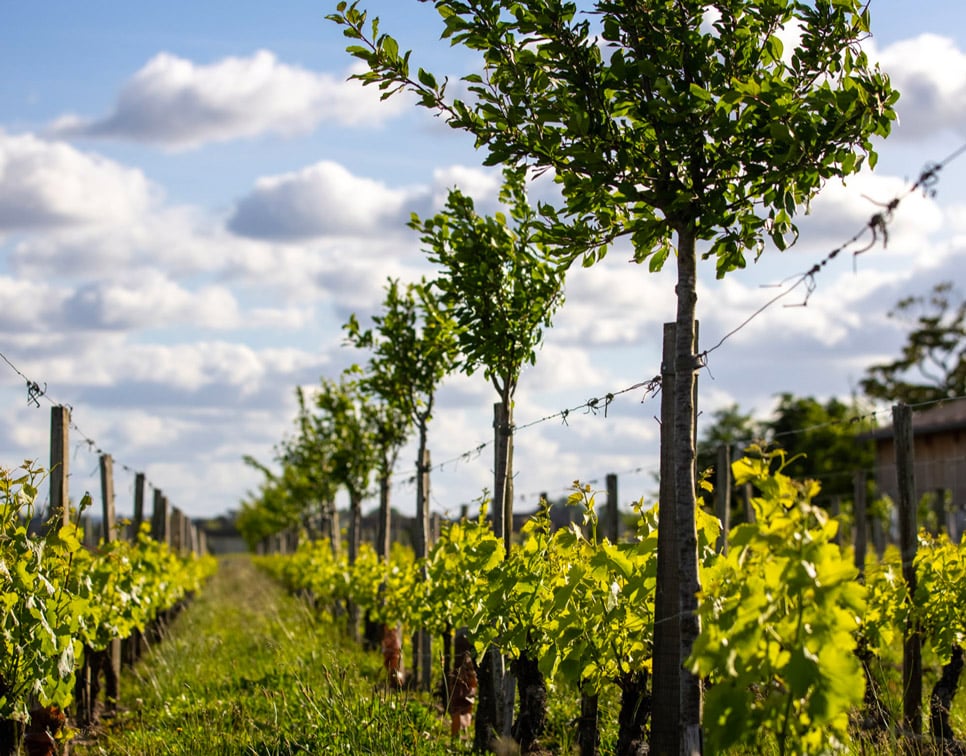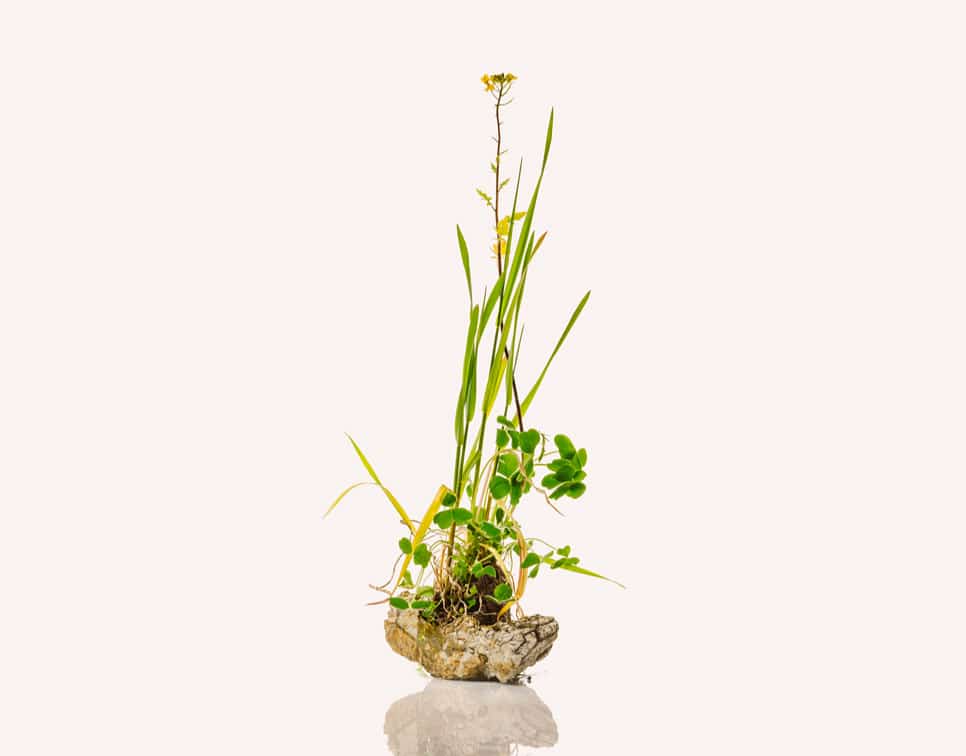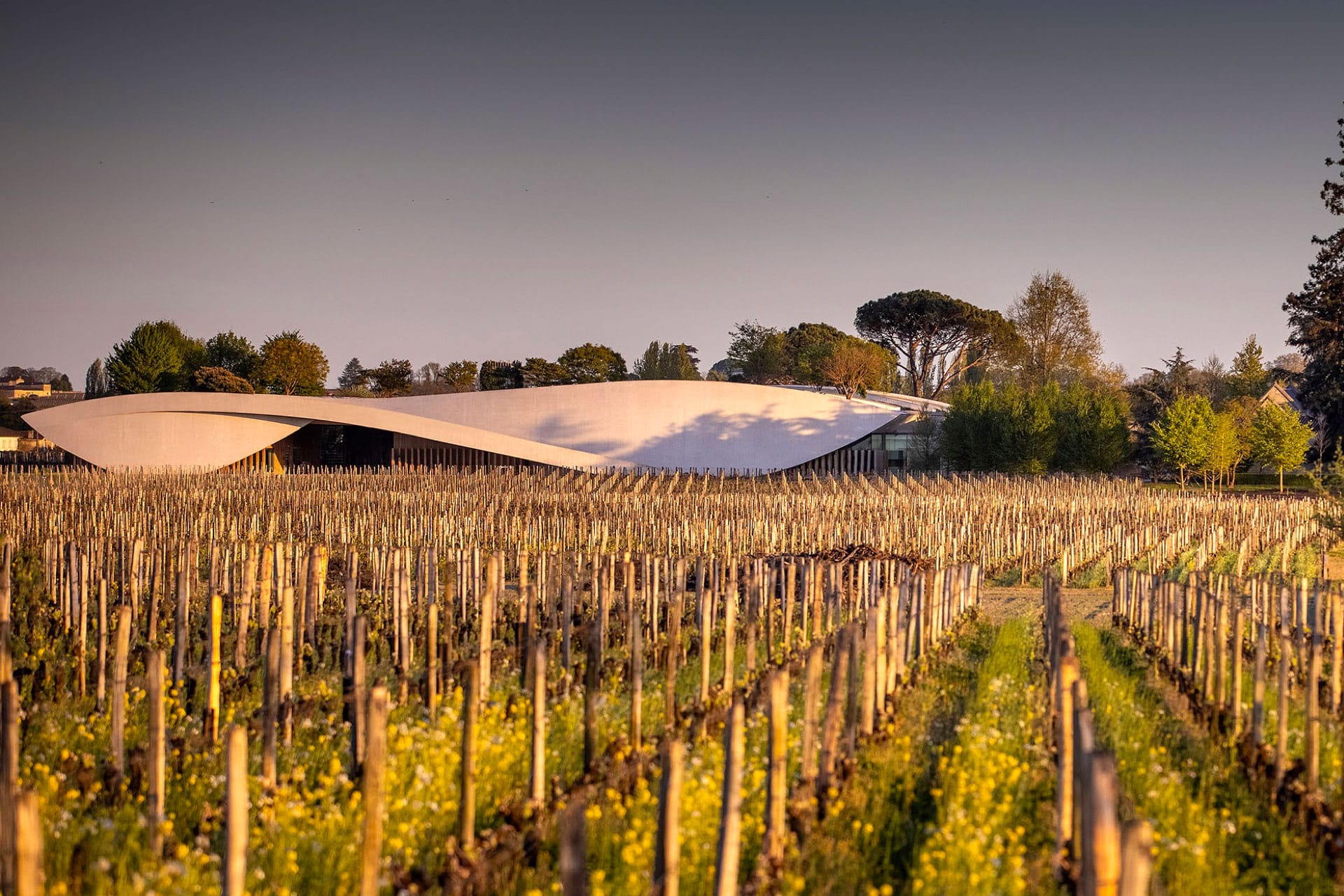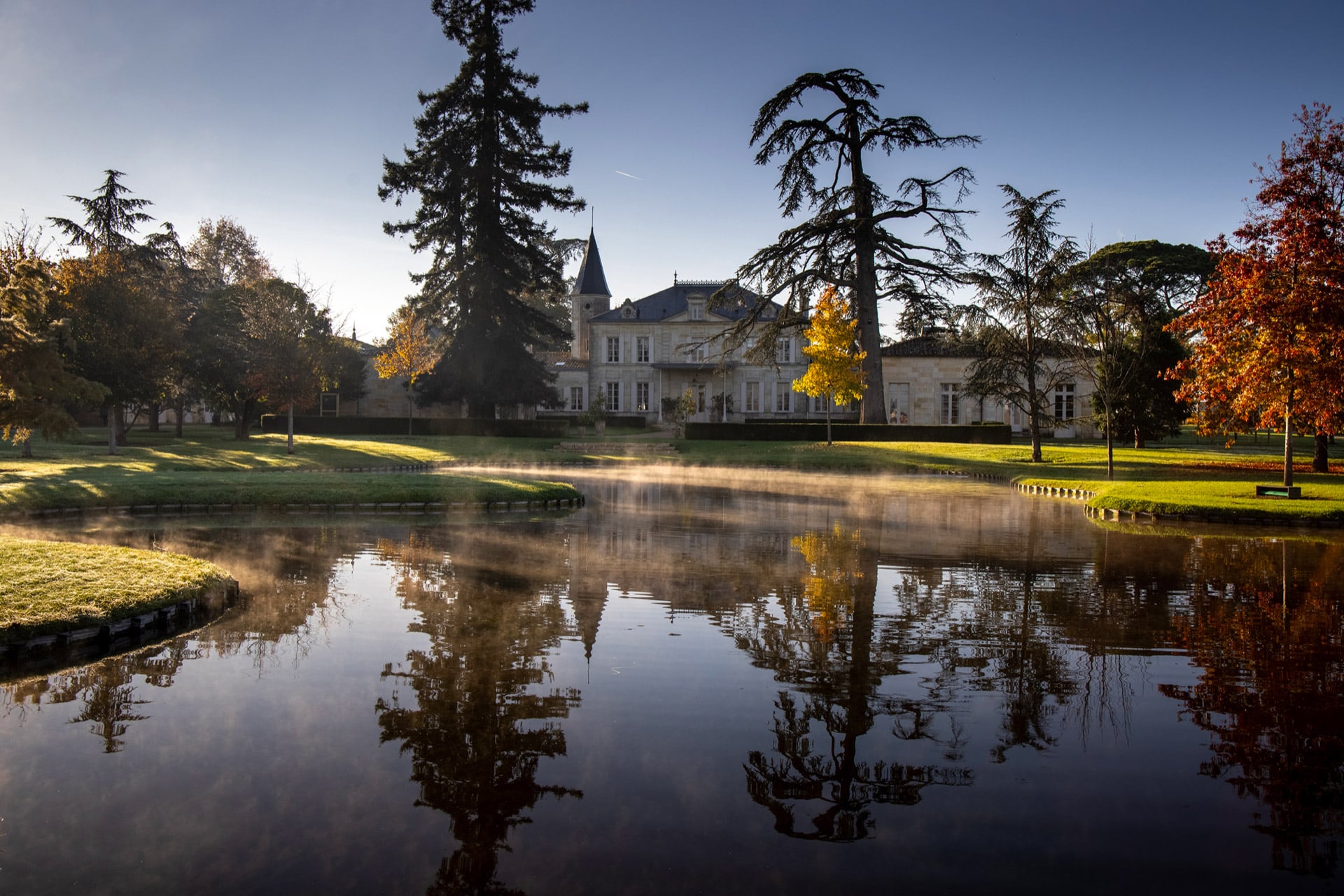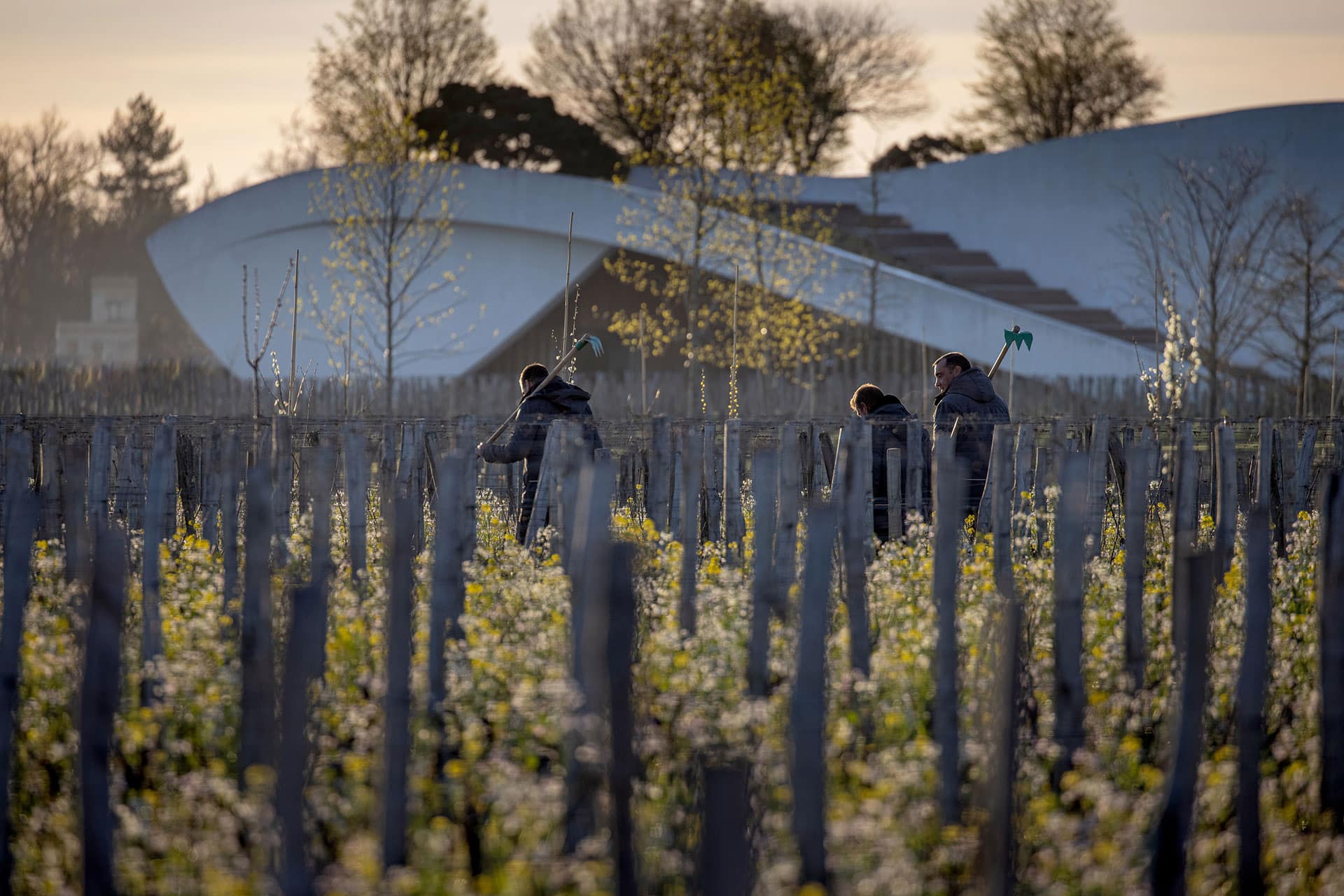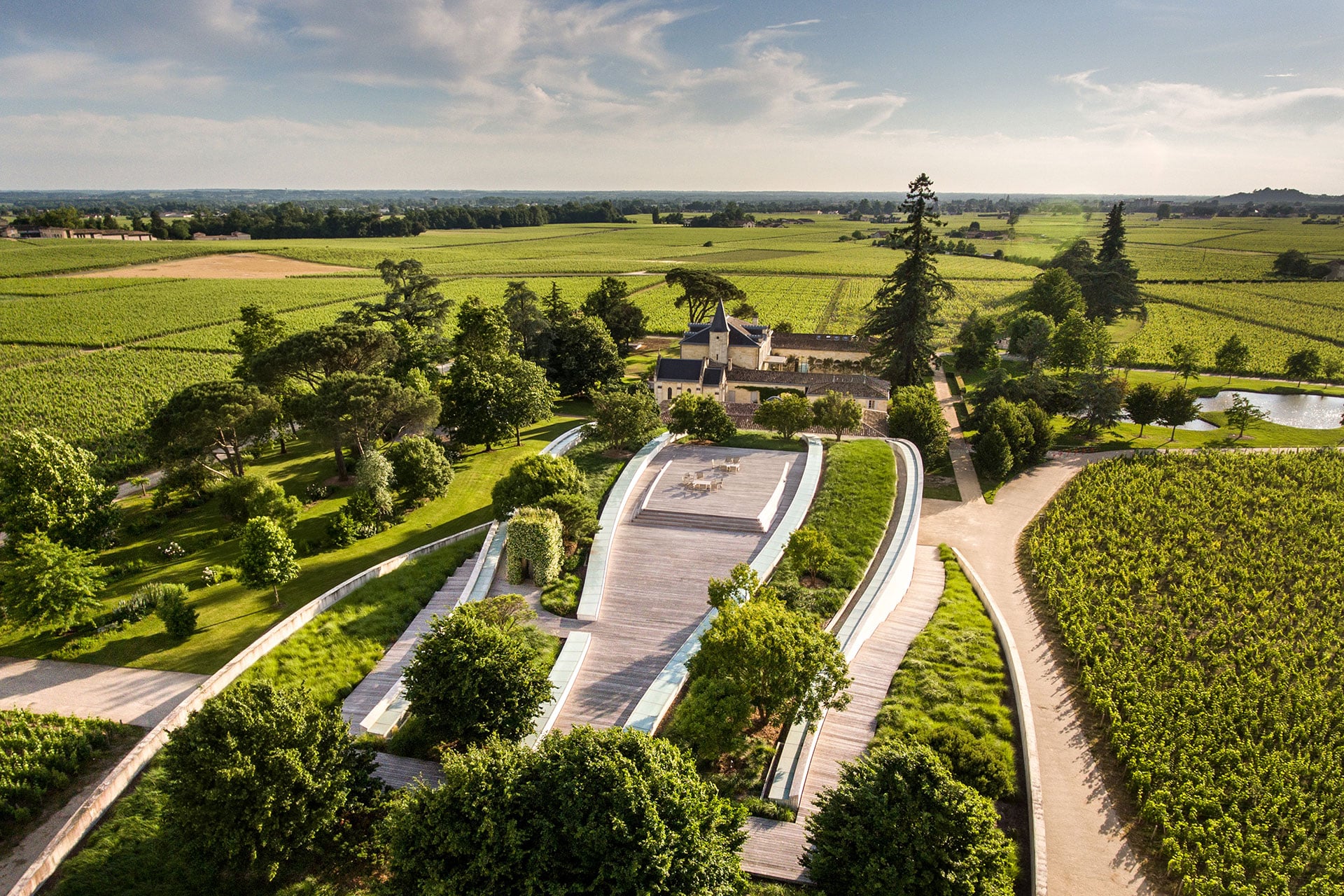
Château Cheval Blanc: A unique heritage, unconventional grape varieties.
Clay, gravel and sand: three important types of soil cohabit the 56 plots of Cheval Blanc. Added to this natural richness are the unconventional grape varieties, not usually found on the Right Bank. Château Cheval Blanc’s vineyards are mainly planted with Cabernet Franc as well as some Merlot and Cabernet Sauvignon.
Situated in the commune of Saint-Emilion on the edge of Pomerol territory, Cheval Blanc enjoys a natural, complex heritage which offers myriad combinations for us as winemakers.
Three important types of soil cohabit here forming a mosaic ranging from fine textured soils with clay to coarser textured soils with gravel. A unique terroir made up primarily from clay and small pepples in certain plots and from fine gravel and sand in others. Some Saint-Emilion properties have excellent gravel soils. Others in Saint-Emilion or Pomerol have very good clay soils. It is by pure historical chance that at Cheval Blanc these two types of soil cohabit in more or less equal proportions.
Added to this natural richness are the original grape varieties made up of 55% Cabernet Franc, 40% Merlot and 5% Cabernet Sauvignon. Each plot has its own characteristics which it is identified by, depending upon age, surface area, soil type, rootstock and grape variety. Each has a specific surface area depending upon its soil profile. The wines produced from each plot therefore have a particular character: velvety, soft tannins on clay, more aromatic and elegant on gravel. When blended, the resulting wines are both powerful and elegant with the complex aromatic expression characteristic of fine wines.
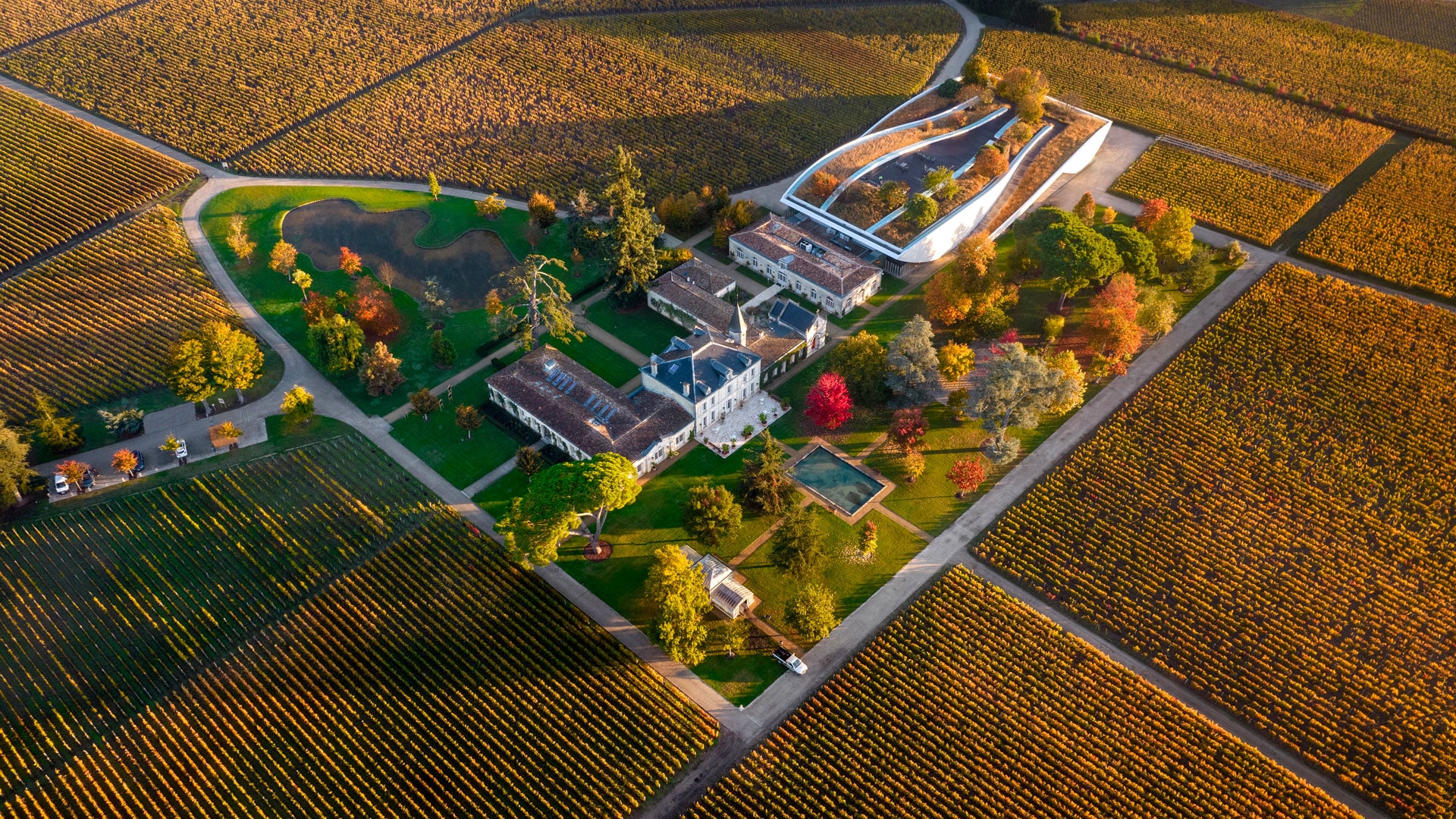
All possible combinations between the different soils of the domain and the three varieties planted on them have been tried out. As part of this incessant quest for optimal quality, the temperature of the soils is measured throughout the season as well as the water supply and mineral nutrition of the vines. Daily phenolic recordings are taken along with thorough monitoring of the ripening process of the grapes. Micro-vinifications are also carried out regularly. The sum of these efforts is aimed at achieving the perfect matching of soils to grape varieties.
The domain covers 42 hectares divided into 56 plots. Added to each of their specificities are the particularities of the 244, 989 vine plants rooted in the land at Cheval Blanc. Each vine has its own identity within the vineyard and can be easily identified within each plot by its row number and its place within the row. Above and beyond the complexity of its soils and the variations within its plots, the domain acts as a strong unified force; the guarantee of Cheval Blanc’s identity.
This continuity is demonstrated by the consistency of its borders: Château Cheval Blanc is one of the rare properties under single continued ownership where the lay out of the plots has remained nearly identical over what will soon be 150 years. The result is a very coherent ecosystem. The same continuity applies to the grape varieties: in 1911 the proportion of Cabernet Franc was already nearly at 50%.
